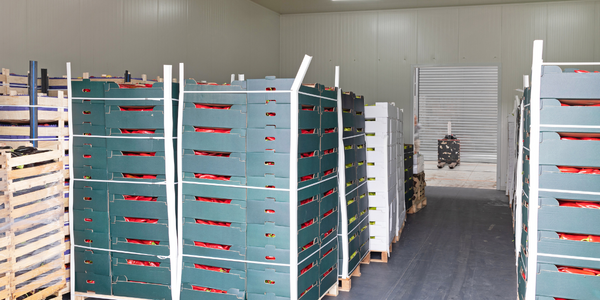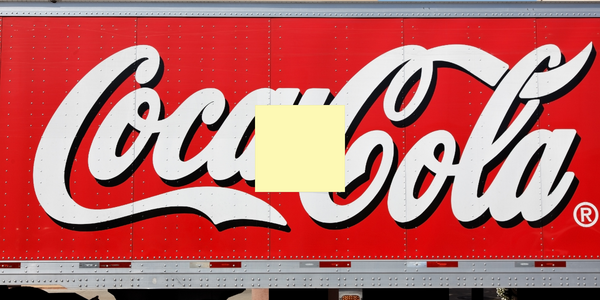公司规模
Large Corporate
地区
- America
国家
- United States
产品
- Domo
技术栈
- Data Analytics
实施规模
- Enterprise-wide Deployment
影响指标
- Productivity Improvements
- Digital Expertise
技术
- 分析与建模 - 实时分析
适用行业
- 食品与饮料
适用功能
- 商业运营
用例
- 实时定位系统 (RTLS)
服务
- 数据科学服务
关于客户
美国太古可口可乐公司是可口可乐产品最大的独立瓶装商和分销商之一。该公司在美国西部 13 个州拥有 7,000 多名员工和 60,000 家零售客户。太古决定使用 Domo 是其高管层主导的一项举措。其高管知道,太古的专有数据可能是一笔宝贵的资产,可以提升公司为员工、客户和社区带来的价值。
挑战
太古可口可乐是可口可乐产品最大的独立瓶装商和分销商之一,其现有的业务数据分析和报告解决方案面临挑战。这些解决方案复杂、耗时,而且不是为真正的商务人士设计的。此外,数据交付时已经停滞不前且过时,这意味着管理人员没有最佳信息来做出决策。该公司的高管知道,太古的专有数据可能是一笔宝贵的资产,可以提升公司为员工、客户和社区提供的价值,因此,他们发起了一项寻找更好解决方案的计划。
解决方案
太古可口可乐决定使用数据分析平台 Domo 来克服挑战。在选择 Domo 之前,太古进行了一个简短的概念验证,以了解 Domo 的技术是否能满足其高管团队的期望。结果表明,Domo 易于使用,并能带来巨大价值。它提供了有关业务所有领域的实时信息,用户只需动动手指即可访问。用户无需请人创建报告,因为用户可以在 Domo 中提问并与其他人协作处理数据。这使得太古整个业务的数据更易于访问且更具可操作性。
运营影响

Case Study missing?
Start adding your own!
Register with your work email and create a new case study profile for your business.
相关案例.

Case Study
The Kellogg Company
Kellogg keeps a close eye on its trade spend, analyzing large volumes of data and running complex simulations to predict which promotional activities will be the most effective. Kellogg needed to decrease the trade spend but its traditional relational database on premises could not keep up with the pace of demand.

Case Study
HEINEKEN Uses the Cloud to Reach 10.5 Million Consumers
For 2012 campaign, the Bond promotion, it planned to launch the campaign at the same time everywhere on the planet. That created unprecedented challenges for HEINEKEN—nowhere more so than in its technology operation. The primary digital content for the campaign was a 100-megabyte movie that had to play flawlessly for millions of viewers worldwide. After all, Bond never fails. No one was going to tolerate a technology failure that might bruise his brand.Previously, HEINEKEN had supported digital media at its outsourced datacenter. But that datacenter lacked the computing resources HEINEKEN needed, and building them—especially to support peak traffic that would total millions of simultaneous hits—would have been both time-consuming and expensive. Nor would it have provided the geographic reach that HEINEKEN needed to minimize latency worldwide.

Case Study
Energy Management System at Sugar Industry
The company wanted to use the information from the system to claim under the renewable energy certificate scheme. The benefit to the company under the renewable energy certificates is Rs 75 million a year. To enable the above, an end-to-end solution for load monitoring, consumption monitoring, online data monitoring, automatic meter data acquisition which can be exported to SAP and other applications is required.

Case Study
Coca Cola Swaziland Conco Case Study
Coco Cola Swaziland, South Africa would like to find a solution that would enable the following results: - Reduce energy consumption by 20% in one year. - Formulate a series of strategic initiatives that would enlist the commitment of corporate management and create employee awareness while helping meet departmental targets and investing in tools that assist with energy management. - Formulate a series of tactical initiatives that would optimize energy usage on the shop floor. These would include charging forklifts and running cold rooms only during off-peak periods, running the dust extractors only during working hours and basing lights and air-conditioning on someone’s presence. - Increase visibility into the factory and other processes. - Enable limited, non-intrusive control functions for certain processes.

Case Study
Temperature Monitoring for Restaurant Food Storage
When it came to implementing a solution, Mr. Nesbitt had an idea of what functionality that he wanted. Although not mandated by Health Canada, Mr. Nesbitt wanted to ensure quality control issues met the highest possible standards as part of his commitment to top-of-class food services. This wish list included an easy-to use temperature-monitoring system that could provide a visible display of the temperatures of all of his refrigerators and freezers, including historical information so that he could review the performance of his equipment. It also had to provide alert notification (but email alerts and SMS text message alerts) to alert key staff in the event that a cooling system was exceeding pre-set warning limits.

Case Study
Coca-Cola Refreshments, U.S.
Coca-Cola Refreshments owns and manages Coca-Cola branded refrigerators in retail establishments. Legacy systems were used to locate equipment information by logging onto multiple servers which took up to 8 hours to update information on 30-40 units. The company had no overall visibility into equipment status or maintenance history.







